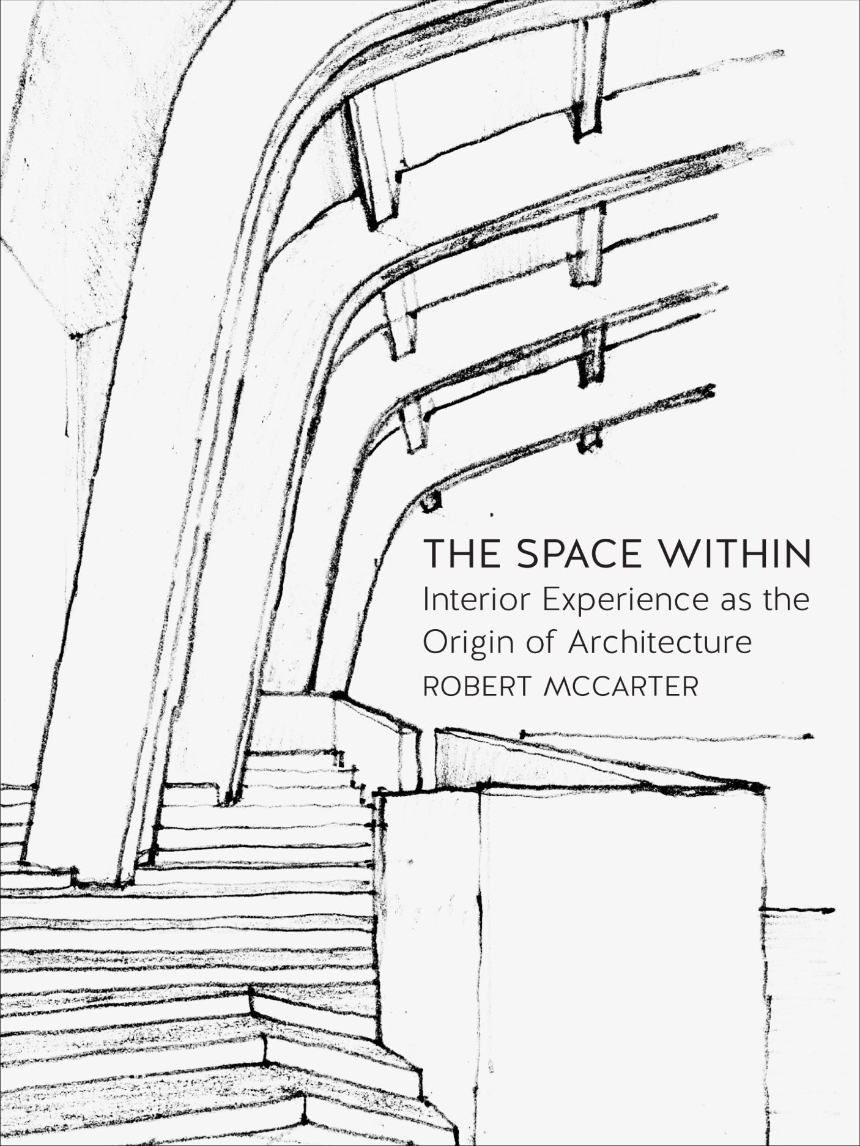9781780236605
9781780237077
Alvar Aalto once argued that what mattered in architecture wasn’t what a building looks like on the day it opens but what it is like to live inside it thirty years later. In this book, architect and critic Robert McCarter persuasively argues that interior spatial experience is the necessary starting point for design, and the quality of that experience is the only appropriate means of evaluating a work after it has been built.
McCarter reveals that we can’t really know a piece of architecture without inhabiting its spaces, and we need to counter our contemporary obsession with exterior views and forms with a renewed appreciation for interiors. He explores how interior space has been integral to the development of modern architecture from the late 1800s to today, and he examines how architects have engaged interior space and its experiences in their design processes, fundamentally transforming traditional approaches to composition. Eloquently placing us within a host of interior spaces, he opens up new ways of thinking about architecture and what its goals are and should be.
McCarter reveals that we can’t really know a piece of architecture without inhabiting its spaces, and we need to counter our contemporary obsession with exterior views and forms with a renewed appreciation for interiors. He explores how interior space has been integral to the development of modern architecture from the late 1800s to today, and he examines how architects have engaged interior space and its experiences in their design processes, fundamentally transforming traditional approaches to composition. Eloquently placing us within a host of interior spaces, he opens up new ways of thinking about architecture and what its goals are and should be.
Reviews
Table of Contents
Introduction: the Primacy of Interior Experience in Architecture
one The Space Within as the Origin of Architecture
two The Nearness of Interior Experience and the Distance of Exterior Form
three Three Early Modern Conceptions of Interior Space
four The Separate Paths of the Eye and the Body in Experience
five The Shape of Interior Space and the Boundary of Place
six The Society of Spaces and the Emplacement of Encounters
seven The Nesting of Places at Once Intimate and Immense
eight Making Room for Experience and Memory
nine Interior Experience of the Exterior Environment
Conclusion: Interior Experience as Initiation and Evaluation of Architecture
References
Bibliography
Acknowledgements
Index
one The Space Within as the Origin of Architecture
two The Nearness of Interior Experience and the Distance of Exterior Form
three Three Early Modern Conceptions of Interior Space
four The Separate Paths of the Eye and the Body in Experience
five The Shape of Interior Space and the Boundary of Place
six The Society of Spaces and the Emplacement of Encounters
seven The Nesting of Places at Once Intimate and Immense
eight Making Room for Experience and Memory
nine Interior Experience of the Exterior Environment
Conclusion: Interior Experience as Initiation and Evaluation of Architecture
References
Bibliography
Acknowledgements
Index

